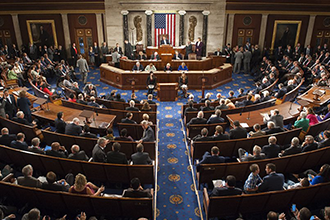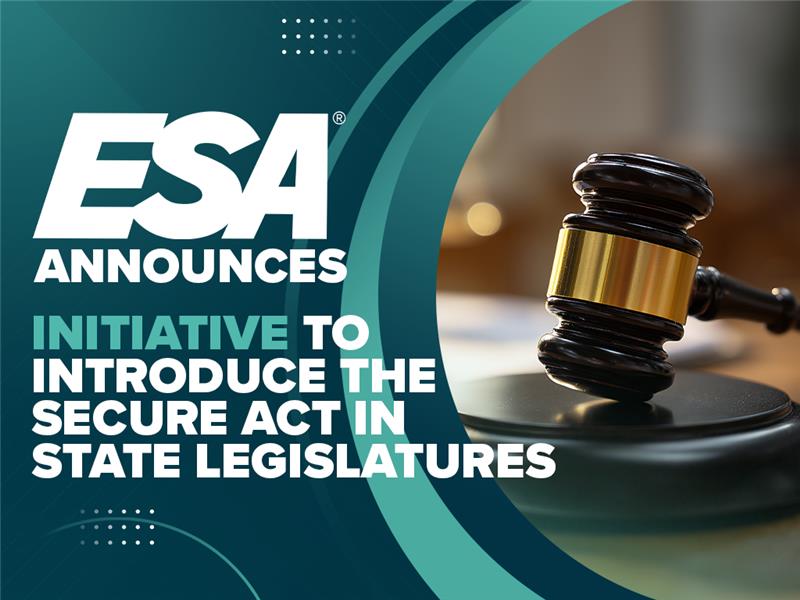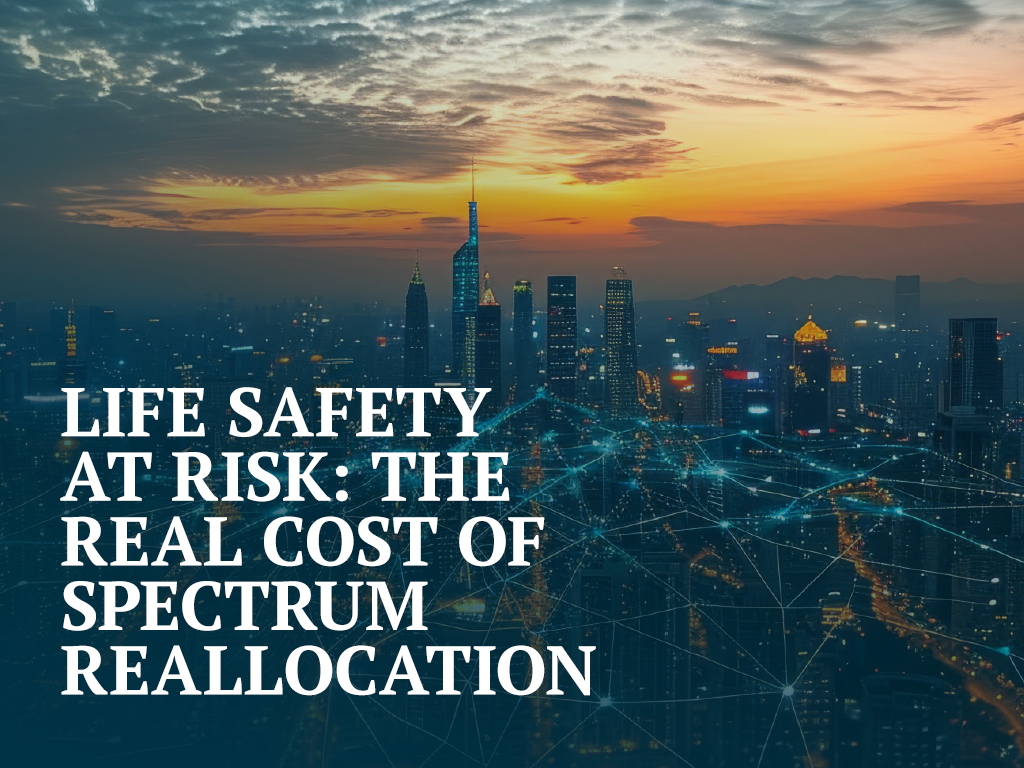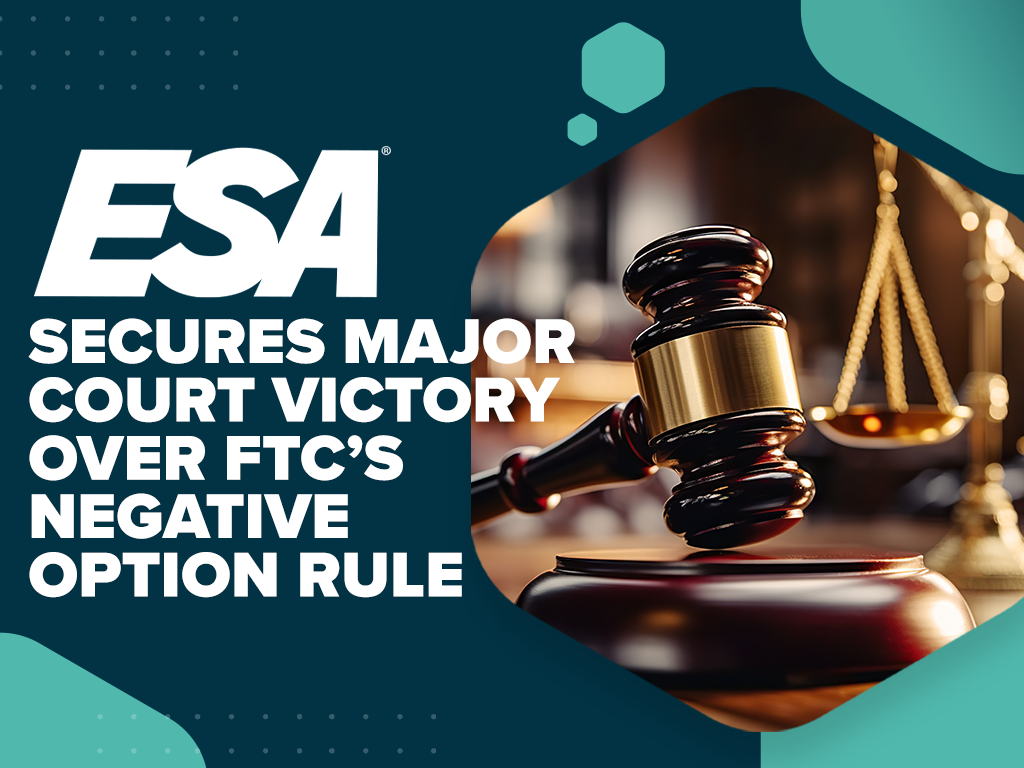The Games Begin – State Legislatures Poised for New Direction in 2019

We previously mentioned the change in direction many legislatures and Congress will see in 2019 after the midterm elections. How this plays out and whether it impacts your business will be largely dependent on the state you live and do business. We previously mentioned the change in direction many legislatures and Congress will see in 2019 after the midterm elections. How this plays out and whether it impacts your business will be largely dependent on the state you live and do business.
In states like California, where a super majority Democratic Legislature grew, we can expect more of the same – an increase in bureaucratic regulation on many manufacturers and businesses, increases in taxes or ‘fees’ to pay for the increase in the overall budget and more pressure on businesses to make a profit with a rising tax and regulatory burden.
The new Governor in California has already signaled the need for the Legislature to maintain restraint as the bills introduced so far would add a staggering sum to the states’ obligations. A similar situation exists in northeastern states like New York and New Jersey that are heavily controlled by one party.
With Democratic gains in many state legislative chambers, more collaboration between the two parties will hopefully result in bi-partisan solutions to real problems. This will hopefully result in more reasonable approaches to issues that have the most potential impact on electronic security and life safety. Two areas we hope to see more collaboration and movement are on workforce development and funding for school security infrastructure.
Workforce Development
Workforce development remains one of the most pressing issues with an impact on the health of our economy facing state legislatures. If there continues to be a shortage of qualified people entering the skilled trades, the problems for many trades and professions will be exacerbated.
Optimistically, I am starting to see articles in main stream media addressing this issue. One such op-ed was written by an English professor who expressed his frustration that so many kids were racking up huge college debt and failing to succeed because they grew up with the expectation (from their parents and society) that college was the only avenue for success in this country.
The idea of going into a trade like auto mechanics, HVAC, plumbing, construction, or becoming an electrician or alarm technician was looked down upon and scorned. Students who otherwise would have been perfectly suited for one of many trades or professions that do not require a college education, are being shuttled into colleges and many are doomed for failure.
Funding for vocational education in schools began drying up and the cost is now becoming manifest. This is an area that legislatures will hopefully find common ground and address quickly in 2019.
School Security Funding
We tagged close to 300 bills in 2018 on the “school security’ issue area. After tragic shootings in Florida and Texas, this was not unexpected. However, very few states did anything to actually increase security in their schools in the near term. While anonymous reporting, crisis intervention, threat assessment and school safety planning are all needed, the immediate need is for schools to become hard targets.
This will require funding and a fundamental change in the mindset of policy makers. School security must involve access control, video surveillance, alarm notifications and other measures designed to foil active shooters. Identifying potential threats before they enter a school and preventing them from carrying out an attack are crucial to making our children safe.
While a number of states have stepped up with funding for school security, most notably, Wisconsin, Florida and New Jersey, overall the amount of funding needed to properly protect students and staff falls far short of the amount appropriated. This is an area of commonality for all elected officials.
Resource allocation is crucial, and it is important that states adopt safety standards that address the actual threats and listen to stakeholders that have the expertise in their respective fields. If more legislatures go to standards that are developed with broad input from experts in standard writing organizations and represent all facets of security, we will achieve safer schools much quicker.




